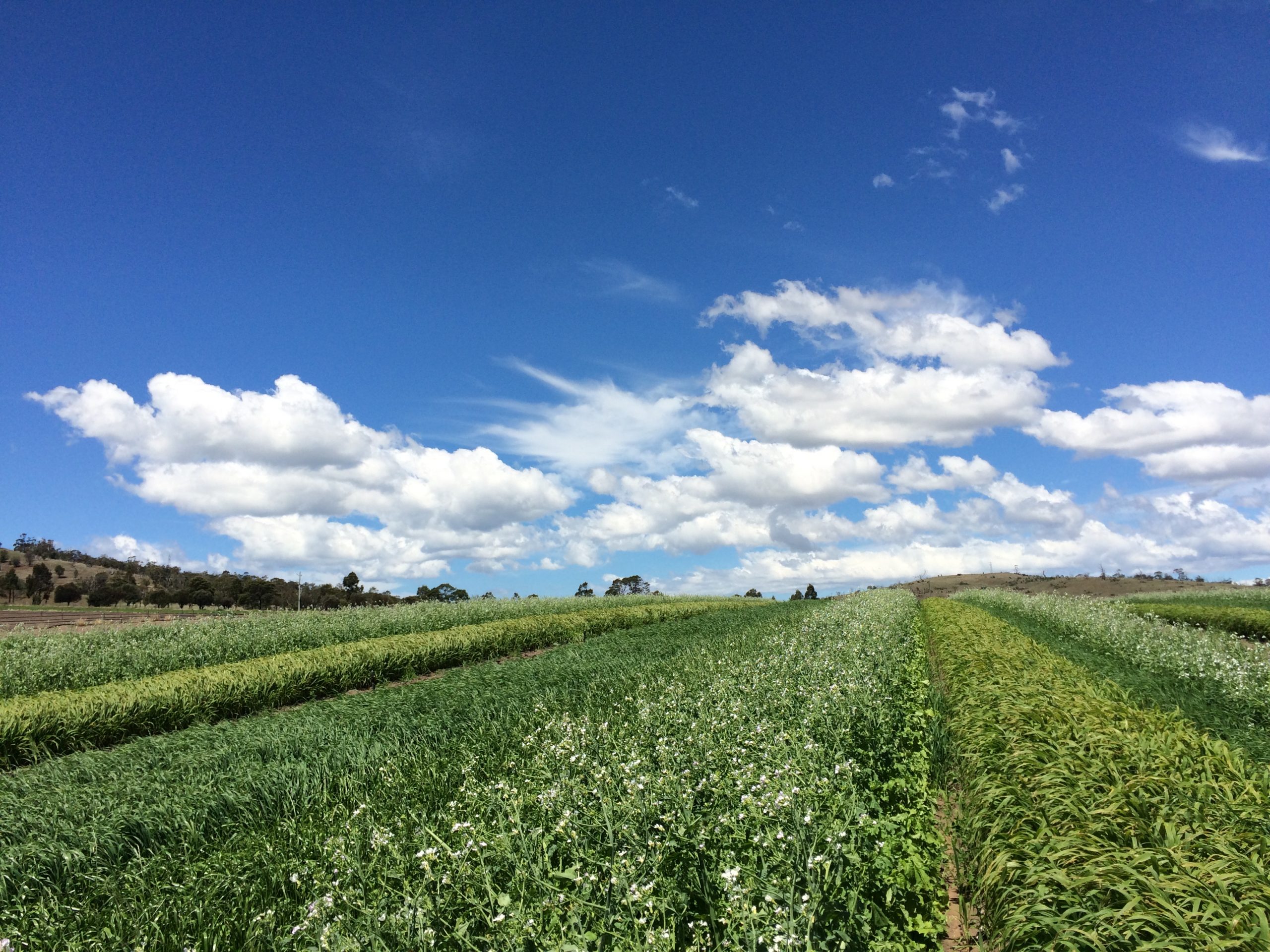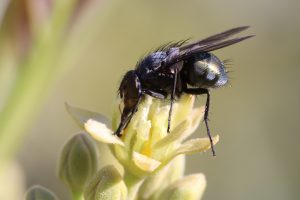
Labour plan will help fruit and vegetable growers supply fresh produce to Australians
8 September 2020
Regional focus for Tasmania’s VegNET team
14 September 2020The Pollination Fund is one of seven funds developed under Hort Frontiers, a strategic partnership initiative led by Hort Innovation that facilitates collaborative, cross-horticulture projects. It was developed to create a sustainable and resilient horticultural industry through improved pollination options and services, as pollination is considered a priority for most horticulture industries.
Pollination is the transfer of pollen grains from one flower to another, and is critical in 60 per cent of agricultural production. It helps the growth of many fruits, vegetables, nut and flower species, and in some instances, can increase crop yield. In Australia, it is estimated that pollination-dependent crops are worth over $4.3 billion per annum, with a direct contribution from honey bees estimated to be over $1.6 billion.
The Hort Frontiers Pollination Fund aims to enhance and support existing pollinators as well as identifying the most effective pollination methods for various horticulture crop types. It also aims to address the needs of growers and supporting beekeepers and their businesses.
“Around 24 out of our 37 horticultural industries are pollination-reliant and that amount varies from 20 per cent to 90-100 per cent,” Hort Innovation R&D Manager Ashley Zamek said.
“The Pollination Fund model looks at three different tiers of issues. This includes the health of honeybees, making sure that the honeybees are in the best situation to do their job, free from the pests and diseases that plague them, and are managed to the best of their ability.”
The second tier focuses on crop production issues and investigates how crops can become easier to pollinate in both open field and protected cropping situations, while the third tier explores the option of alternate pollinators.
“Having multiple options available is not about getting rid of honey bees, it’s about ensuring that there are enough options out there for growers to make the best decision for them, as well as understanding that there are only so many honey bee hives available for pollination,” Ms Zamek said.
“As horticulture grows, we need to make sure that producers’ needs are met.”
Veg industry input
Establishing the Hort Frontiers Pollination Fund has allowed projects to be undertaken that may not have otherwise been possible for the vegetable industry, as Ms Zamek explained.
“For the vegetable industry, that’s looking into the use of stingless bees as possible pollinators of glasshouse vegetable crops such as cucumbers and eggplant,” she said.
Stingless bees as effective managed pollinators for Australian horticulture (PH16000) is compiling data and reviewing existing evidence on the potential of stingless bees. It is being conducted out of the National Vegetable Protected Cropping Centre, which is a strategic levy investment under the Hort Innovation Vegetable Fund. There are also vegetable growers involved as members of the Project Reference Group, helping to direct the project throughout its duration.
The project is carrying out studies on a range of fruit and vegetable crops, testing if the bees visit the flowers and transport the crop pollen. Where they do, it is then testing the effectiveness of stingless bee pollination and its impact on crop set, yield and quality as appropriate.
“This type of work was really unknown and high-risk, and was probably not at the forefront of the industry to undertake,” Ms Zamek said.
“What we’ve found out is that there really is difference in what you do in fields and in protected cropping. We’ve been able to look at those two different situations and understand what could work.”
Ms Zamek said another project that will benefit the vegetable industry is Managing flies for crop pollination (PH16002). This is examining the potential of using flies as alternative crop pollinators, including looking at the effectiveness of specific species in pollinating avocado, berry (blueberry, raspberry and strawberry), hybrid carrot seed and brassica seed crops.
“Flies are known to be very active in the vegetable seed sector. So, we’re doing a lot of work trying to understand if we can identify useful fly species to ensure that carrot seed and brassica seed are in constant supply for growers. The use of flies as mass-reared native pollinators is something we haven’t looked into before,” Ms Zamek said.
Working together
Under the Pollination Fund, Hort Innovation is working very closely with its Research and Development Corporation (RDC) counterpart, AgriFutures, which represents the honey bee and pollination industry.
Strengthening and enabling effective pollination for Australia (PH15000), Healthy bee populations for sustainable pollination in horticulture (PH15001) and the Rural R&D for Profit program Securing pollination for more productive agriculture: Guidelines for effective pollinator management and stakeholder adoption (PH16004) led by Agrifutures, work together on some aspects of their projects to maximise the crops and regions that can be targeted across Australia.
“These projects have worked together to map crops across Australia to better understand which pollinators are in the crop and who’s moving the pollen where. This has never occurred at such a large scale before, and what these projects have achieved is a really good understanding of the best pollination options for different crops,” Ms Zamek said.
Through their research, the two RDCs are committed to supporting the honeybee industry – especially considering the loss of such a significant number of hives during the recent Australian bushfires.
“What we understand is that we need to work together to make sure that the honey bees are available for pollination, as well as ensuring a strong and a productive industry for our beekeepers,” Ms Zamek said.
“It’s about working together and identifying the key issues that put honey bees at risk. It’s not just about bushfires per se; it’s about access to resources in general, which has been a long-term ongoing issue, and the ageing of the industry. We want to make sure that it remains a viable, long-term industry.”
Ensuring a sustainable future
Ms Zamek said the long-term aim of the Pollination Fund is to establish strong applied science that will ensure growers have options and tools to develop their pollination plan.
“It’s about having sustainable options; for example, enabling a mixture of wild pollinators and well-managed pollinators on-farm. It’s also going to be an understanding of the important relationship that we can form with beekeepers and those who provide pollination services,” she said.
“Our aim is to make sure that we can grow as a horticulture industry and that pollination will not be a limiting factor to that.”
Find out more
For further details or to submit an idea for a future project, please contact Hort Innovation R&D Manager Ashley Zamek at ashley.zamek@horticulture.com.au.
More about the Hort Frontiers Pollination Fund can be found here.
These projects have been funded by the Hort Frontiers Pollination Fund, part of the Hort Frontiers strategic partnership initiative developed by Hort Innovation, with funding from a range of co-investors and contributions from the Australian Government.
This article features in the spring 2020 edition of Vegetables Australia. Click here to read the full publication.



